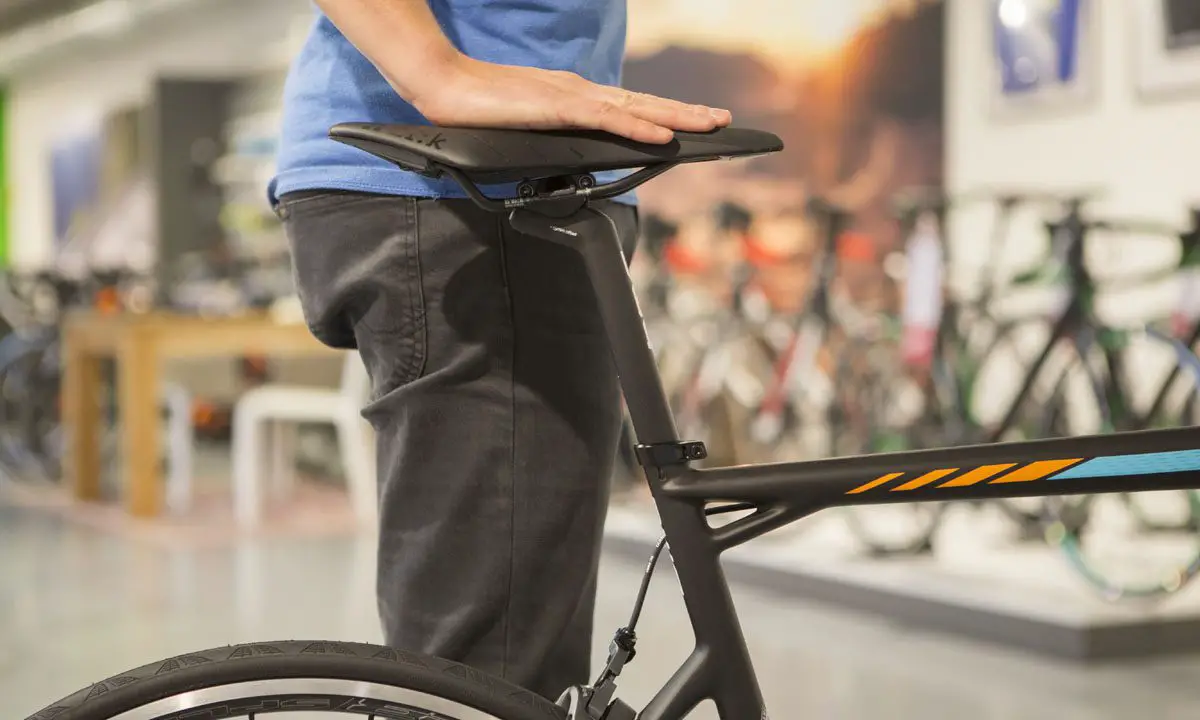
Active biking requires the right bike seat height. It directly affects your performance. To transfer power efficiently from your legs to the pedals, your seat should be at the right height. Straining your legs too much will slow you down. So what is the proper height for a bike seat?
Do you know how high your bike seat should be? This guide can help. It shows you how to determine the perfect seat height for you. It also explains how to check if your seat is too high or too low.
To get the right comfort level, you must adjust your saddle, check the fore/aft position, and make sure the top tube and stem are the right length. Follow these steps to achieve the perfect seat height for you.
Table of Contents
What Happens if You Use the Wrong Bicycle Seat Height
Having the correct bike seat height is crucial for maintaining good posture while biking. It aligns your back, shoulders, arms, and legs in a proper biking position. The main issue caused by an incorrect seat height is poor posture and muscle strain.
Here are some specific problems that may arise with the wrong seat height:
Pain in the lower back
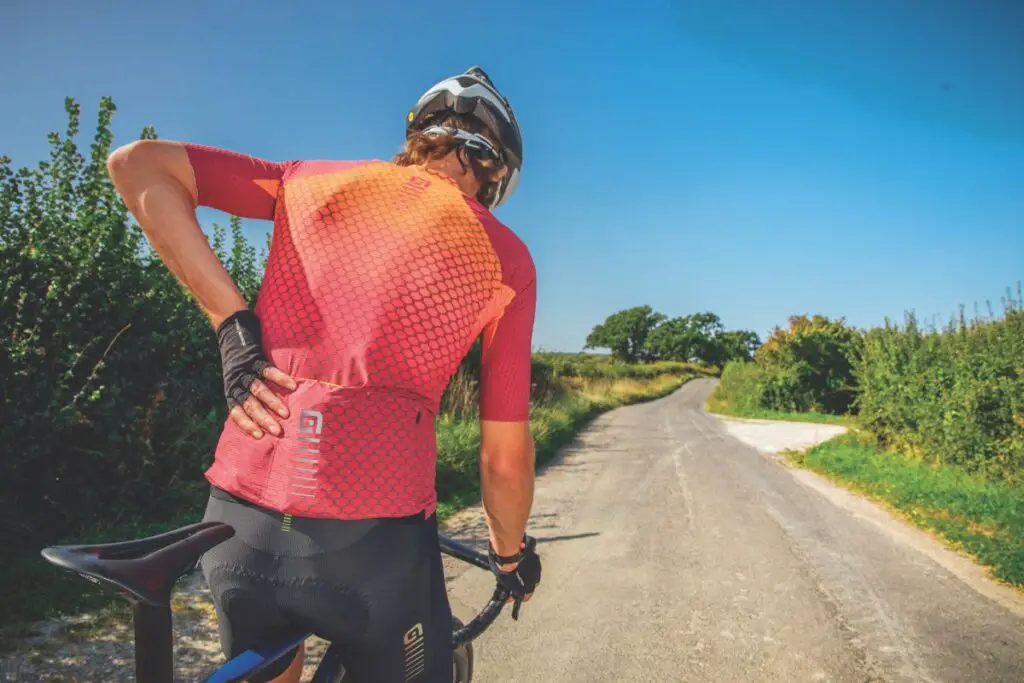
An issue caused by an incorrect road bike seat height is lower back pain. If the seat is not properly aligned with the handlebars, it can be difficult to reach them comfortably. This can lead to overstretching and straining of the lower back muscles. This is caused by the effort to reach the handlebars and the added stress on the lower spine due to the wrong seat height.
Strain on your knees
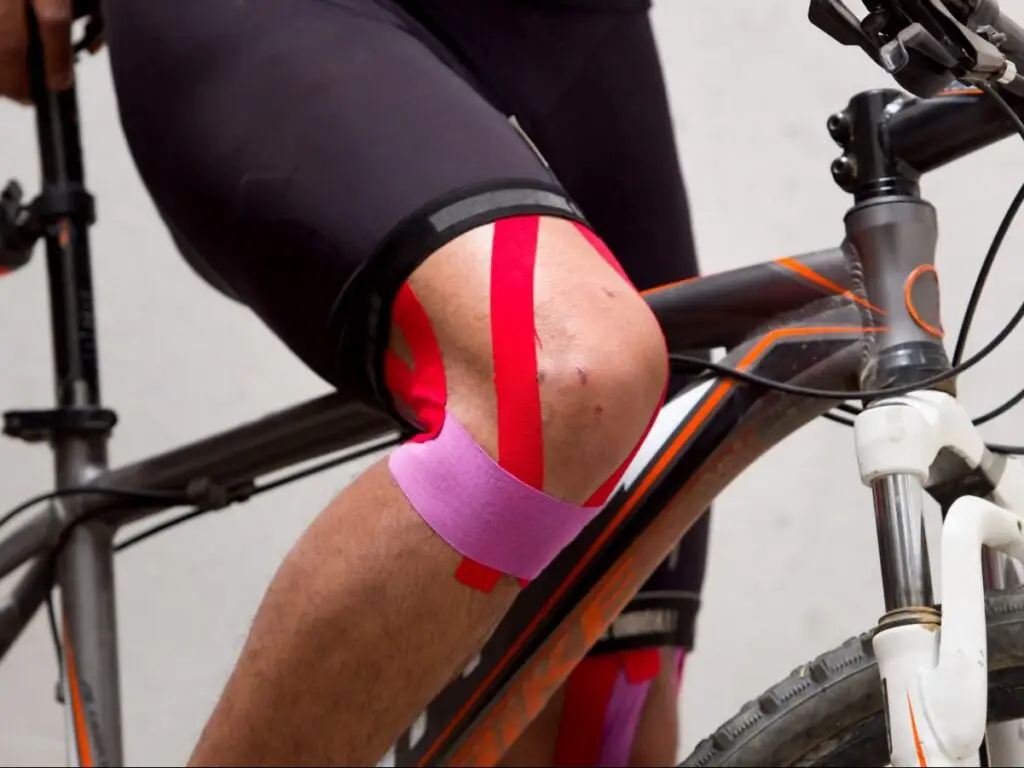
One major cause of knee strain after biking is an incorrect seat height. If it is not positioned correctly and at the right angle, it can put undue stress on the knees.
A poorly positioned seat can cause you to overreach for the pedals while seated, or lean too hard to reach the handlebars. This can lead to extra effort and strain on the knee joints.
Discomfort in the calf
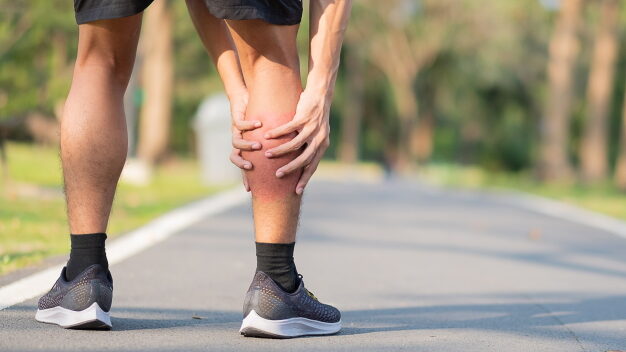
Another body part that can experience pain due to an incorrect seat height is the calf muscles. If the seat is too high or too low, it becomes difficult to pedal comfortably, which can put pressure on the calf muscles. The added effort required to pedal with an incorrect seat height can lead to pain and discomfort in the calf area.
Pain in the hamstring
A badly positioned seat height can also cause damage to the hamstrings. When the seat is too low, it can put undue stress on the bones and muscles in the thigh area. This can lead to discomfort and pain in the hamstrings. It’s important to make sure that the seat is adjusted to the correct height to avoid this kind of damage. A properly adjusted seat will reduce the stress on the hamstrings and make the ride more comfortable.
Setting Your Bike Seat Height
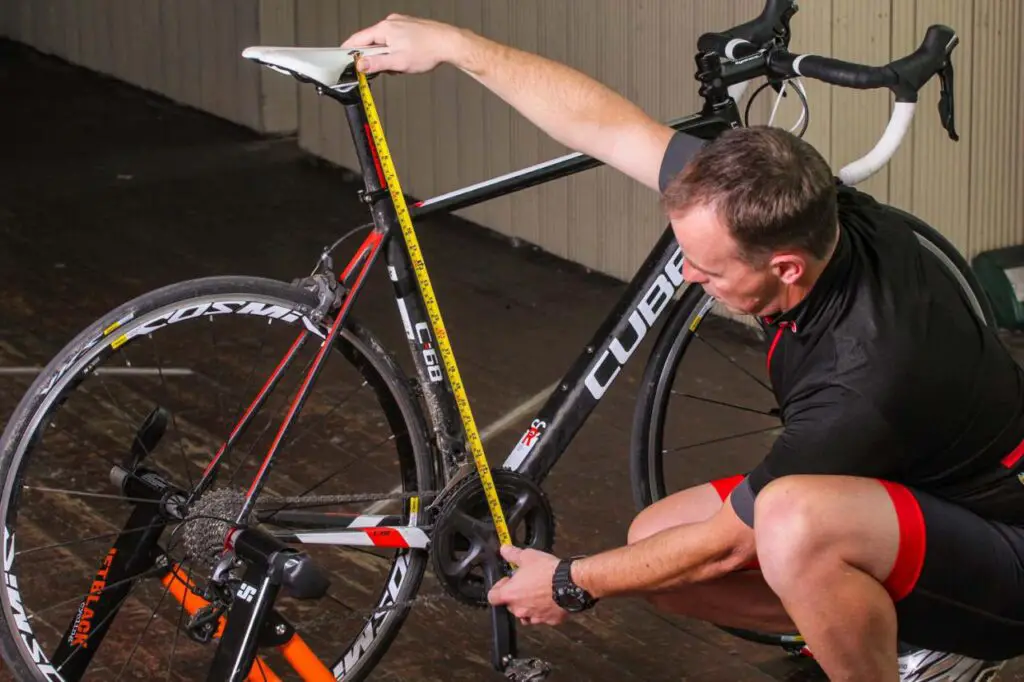
There are various methods to set your bike seat height correctly to ensure a comfortable and efficient ride. This can help prevent muscle soreness and fatigue. Some common methods include:
Heel method
If you are looking for an easy way to set your bike seat height correctly, you can use the heel method. To use this method, stand next to your bike and adjust the saddle height so that it is in line with your hip.
Then sit on the bike and reach the pedal using your heel. The crank arm should be aligned with the seat and should be pointing downward. To check if the seat is at the right height, your legs should be straight and your knee should not be overextended.
This method is straightforward and easy to follow, and it does not require any special tools or equipment. By using this method, you can quickly and easily adjust your seat height to ensure a comfortable and efficient ride.
Pro method
The full professional bike fitting technique is a more comprehensive method to set your bike seat height properly. It is important to consult with an expert or professional bike fitter to ensure that all aspects of your bike are properly adjusted, including the handlebars and seat.
To use this method, you will ride your bike and make adjustments to the handlebars and seat while paying attention to how your body feels and whether you experience discomfort. If necessary, you will make further adjustments while taking into account your knee and lower back position.
This method is more thorough and allows for a more customized fit. It also includes not only seat height but also the position of the handlebars, saddle, cleats, etc. It ensures that you will have a comfortable and efficient ride with less chances of injury.
Holmes method
The Holmes method is a precise and accurate way to adjust your bike seat height. This method involves paying attention to the position of your feet on the pedals. When using this method, your knee should be angled between 25-36 degrees when the pedal is at its lowest position.
If you have knee issues, it is recommended to aim for an angle closer to 25 degrees. If you notice that your knees are bent more than 30 degrees, it is important to lower your bike saddle to prevent any injury.
This method is a bit more complicated and requires a bit more attention to detail but it is one of the most precise ways to adjust bike seat height. It is ideal for people who want to make sure that their bike is adjusted to the most optimal position for their body type and riding style.
LeMond Method or the 109% Method
The inseam method is a more scientific way to determine the proper bike seat height. It uses a formula that takes into account your body’s proportions to calculate the correct seat height. This method is more precise than the heel method.
To use this method, you will need to stand against a wall, place a thick book between your legs and hold it in the most comfortable position. If you are still not satisfied, you can check other sources for more information on how to make a bike seat more comfortable.
Once you have found the most comfortable position, mark the placement of the book, measure the distance from the book to the ground in millimeters, and calculate the height of your saddle by taking 109% of your inseam measurement. This formula will give you a precise measurement for the correct seat height for your body type.
Checking the Right Height
Correct fore/aft saddle position
To achieve the correct fore/aft position of the saddle, you need to make sure you are sitting in the center of the bike seat while keeping the crank arms in a horizontal position. One way to check this is to use a plumb line hanging from the front of your forward kneecap to find a neutral position. The plumb line should be touching the end of the crank arm. Also, ensure that your knee is positioned above the pedal spindle when the crank arm is in the 3 o’clock position.
Correct top tube and stem length
The proper height of the top tube and stem length also plays a role in your comfort level while riding. If you are sitting comfortably on the bike and your elbows are slightly bent while your hands are on the brake hoods, it indicates that you are in an upright position. This may mean that you need a longer stem to reduce discomfort in your lower back.
Correct saddle
To check if you have the correct saddle, pay attention to the position of your heel when pedaling. Your heel should be able to graze the pedal in the 6 o’clock position when the pedal is at its lowest point.
If you feel any discomfort in your front knee, it is likely that you need to raise the saddle slightly. On the other hand, if the pain is in your back knee, you may need to lower the saddle. It’s important to make small adjustments of around 2mm at a time when adjusting the saddle.
Final Words
Comfort is essential for an enjoyable biking experience. The seat height plays a direct role in determining how comfortable and efficient your ride will be. It is important to have the correct seat height that is tailored to your body type and riding style.
By following the tips provided above, you can determine the ideal seat height for your bike and make the necessary adjustments. This will help to reduce discomfort and prevent any potential injuries to your legs, lower back and shoulders. Remember, comfort is key to a more fun and enjoyable bike ride.
Read also: How to Pick The Right Measure for a Bike Helmet?



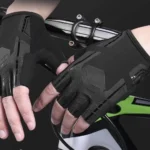

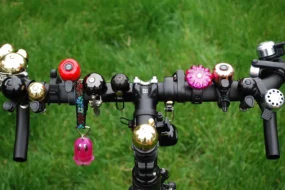
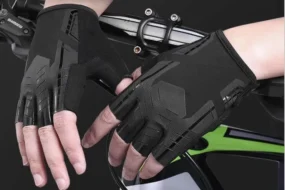


2 replies on “What is The Proper Height For a Bike Seat?”
[…] Read Also: What is The Proper Height For a Bike Seat? […]
[…] Seating: The seat on a women’s bike is often wider and shaped to fit the contours of a woman’s body, providing more comfort while pedaling. This is particularly beneficial for longer rides. […]